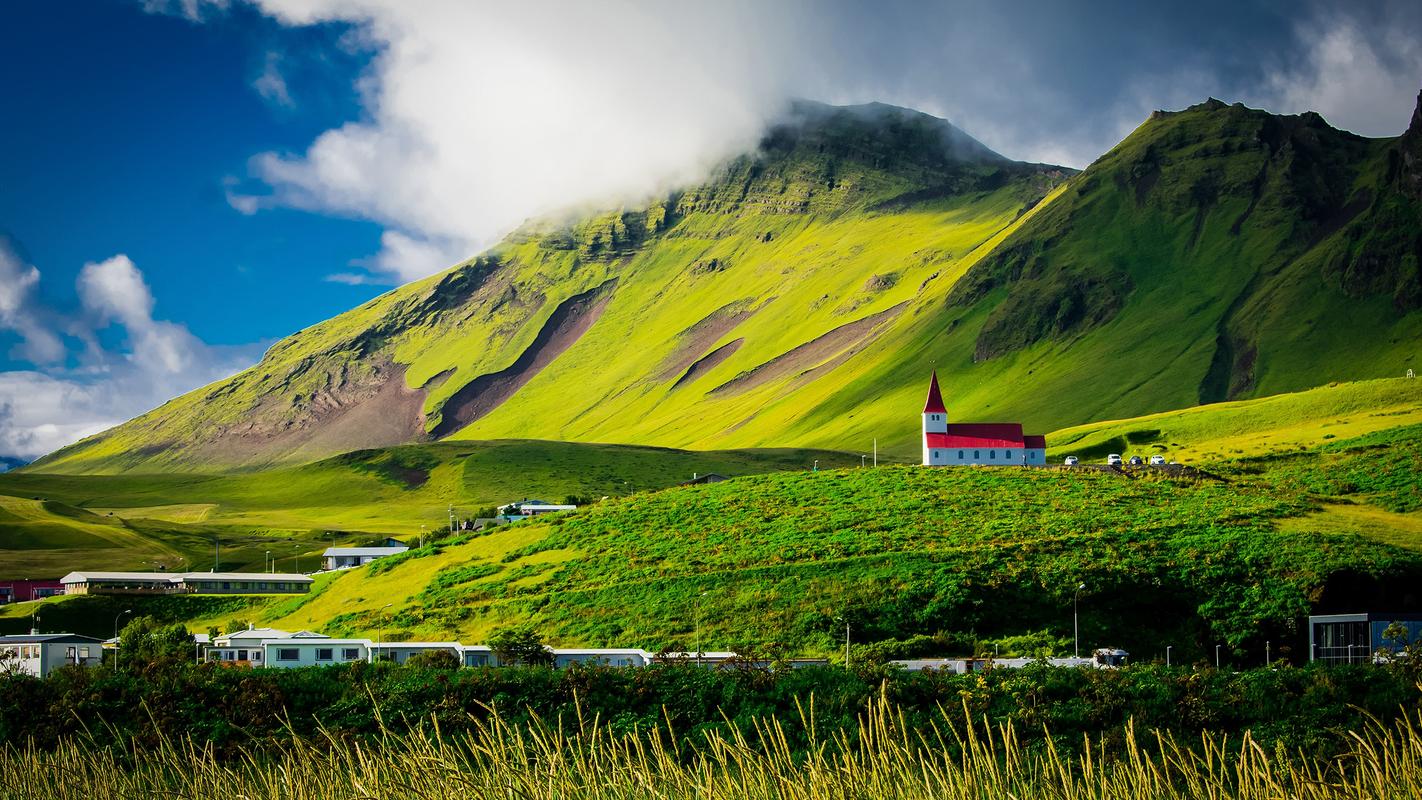Indigenous cultures have been around for centuries, with rich and diverse traditions that are still celebrated today. These traditions are deeply rooted in history and have been passed down through generations, acting as a reminder of the past and a representation of the present. Discovery of these cultural traditions is a journey that allows us to uncover the secrets of the past and better understand the present.
The Importance of Preserving Indigenous Cultural Traditions
Indigenous cultures have a unique perspective that has been shaped by their history and connection to the land. They possess a vast amount of knowledge about the environment, agriculture, and medicinal remedies. These traditions are not just a way of life but are fundamental to the identity of indigenous communities. Therefore, preserving these traditions is not just about preserving a culture but also about preserving knowledge and a way of life.
Despite the importance of preserving these traditions, many have suffered from the effects of colonization, forced assimilation, and globalization. As a result, it is vital to promote the awareness and appreciation of indigenous cultures as it can lead to their revival and preservation.
Different Types of Indigenous Cultural Traditions
Indigenous cultures are diverse, with different traditions, beliefs, and practices that vary from region to region. Here are a few examples:
1. Art and Craft
Art and craft are an essential part of indigenous cultures, and it is used to tell stories, express beliefs, and portray cultural practices. From beadwork to quillwork, from weaving to pottery, from carving to painting, these artistic expressions are not just functional but serve as a way to connect with the past.
2. Dance and Music
Dance and music play a vital role in many indigenous cultures. It is used to celebrate, heal, mourn, and communicate with the spirit world. These dances and songs are often passed down through generations and are a representation of the community’s cultural identity.
3. Cuisine
Indigenous cuisine is a reflection of their connection to the land and the resources around them. It is a mixture of traditional cooking techniques, herbs, and ingredients found in the region. For example, in Mexico, Indigenous cuisine is a combination of pre-Hispanic traditions with Spanish and African influences.
4. Language and Storytelling
Indigenous languages are at risk of becoming extinct due to colonization and globalization. Storytelling is an essential tool to keep the language alive and pass down cultural knowledge. It is a way to connect with the past and understand the present.
Conclusion
The discovery of Indigenous Cultural Traditions is a journey that everyone should take. It is not just an appreciation of a culture but also a way to preserve knowledge and a way of life. Indigenous cultures are diverse, with different traditions, beliefs, and practices, but they all hold value for their respective communities. Therefore, it is essential to support Indigenous communities and their efforts to preserve their culture.
(Note: Do you have knowledge or insights to share? Unlock new opportunities and expand your reach by joining our authors team. Click Registration to join us and share your expertise with our readers.)
Speech tips:
Please note that any statements involving politics will not be approved.
